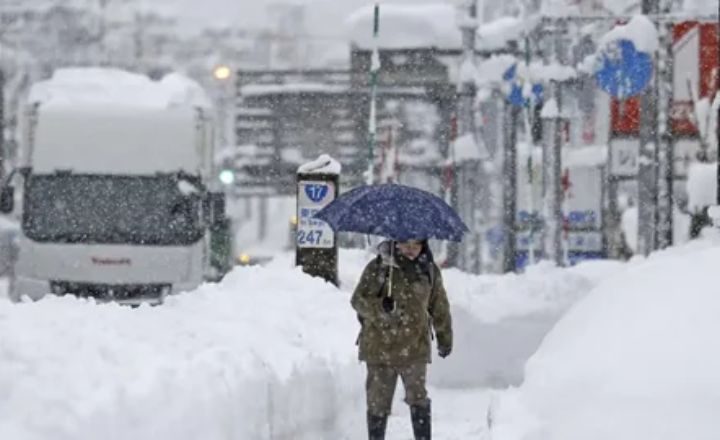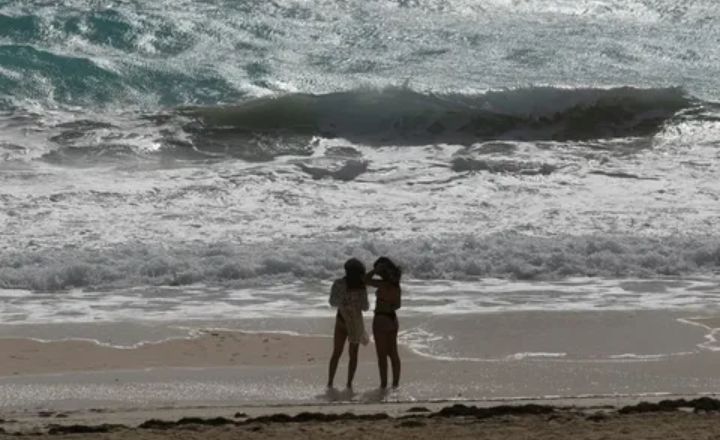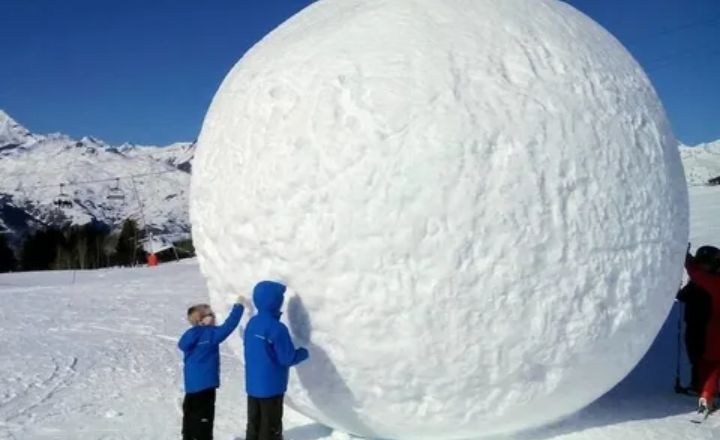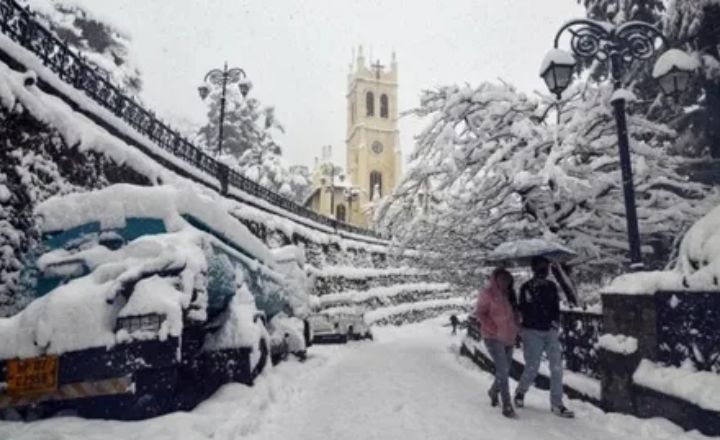When one thinks of Cuba, images of sun-soaked beaches and swaying palm trees typically come to mind, not snow-covered landscapes. However, the intriguing question remains: does it snow in Cuba? The short answer is an astonishing rarity. While the warm tropical climate dominates most of the island, there have been rare instances across its mountainous regions where temperatures dipped low enough for snowfall to occur. In late 1996, a dusting of snow was recorded at the highest peak in Cuba, Pico Turquino—an event so unusual that it sparked quite a bit of intrigue both locally and internationally.
So has it ever snowed in Cuba? Yes, indeed! This anomaly highlights how geographical diversity can yield unexpected climatic phenomena even within a primarily warm environment. The combination of altitude and unique weather patterns allows for these fleeting moments where snow graces the Cuban landscape. As we explore this fascinating oddity amidst our perceptions of this typically tropical paradise, it serves as a reminder that nature can surprise us—even in places we least expect it!

Does It Snow In Cuba At all?
When asking, Does it snow in Cuba?, most people are surprised to learn that the tropical nation is virtually devoid of snowfall. Known for its warm climate and beautiful beaches, Cuba rarely dips below temperatures where snow could form. The island’s average winter temperatures hover around 20 degrees Celsius (68 degrees Fahrenheit), making frosty conditions a foreign concept to both locals and visitors alike. However, the question takes an intriguing twist when we consider historical weather phenomena. Are you interested to visit 4 Best Ways For Day Trips From Key West To Cuba, read my journey started to cuba.
While documented instances of snow in Cuba are practically nonexistent, there have been whispers of flurries during the cold front of February 1996 in the city of Guanabacoa, near Havana—an event that sent waves of excitement through a population unaccustomed to such wintry wonders. This rare occurrence sparked curiosity about climate change and how shifting weather patterns might influence future winters on the island. Exploring these possibilities opens up dialogues about global warming, which poses threats not only to local agriculture but also raises questions about what climate anomalies might be feasible down the line.

Does It Get Cold In Cuba?
Cuba is renowned for its tropical climate, but the question of whether it ever gets cold—especially in the context of snow—is intriguing. While temperatures can dip slightly during the winter months, generally ranging from 50°F to 70°F (10°C to 21°C), it’s a far cry from true cold weather experiences that many associate with winter. In fact, snow in Cuba is not just rare; it’s virtually unheard of. Historical accounts reveal only one instance where flurries were reported in Guanabacoa back in 1857 and another rare sighting in 1938. This makes Cuba’s climate fascinating not only as a warm-weather getaway but also as an anomaly when discussing typical Caribbean weather patterns.
The subtropical charm of Cuba means that even its ‘cold’ months are somewhat mild compared to other regions, which presents a unique opportunity for travelers. Instead of bundling up against frigid temperatures, visitors have the luxury of exploring vibrant cities and basking in sunshine during December through February—a time often characterized by pleasantly cool evenings perfect for strolling along Malecón or enjoying lobsters at beachside paladares. So while you may not experience snowflakes during your Cuban adventure, you will encounter warmth wrapped in an inviting embrace—not just from the sun but from the culture and people that define this beautiful island.

The Weather In Cuba
Cuba boasts a tropical climate characterized by warm temperatures and abundant sunshine, creating an inviting backdrop for its vibrant culture and stunning landscapes. However, the question on many lips is: has it ever snowed in Cuba? The answer is an emphatic no—snow in Cuba is virtually non-existent due to its geographical positioning just north of the Tropic of Cancer. While winter months can bring cooler breezes and occasional rain, the island’s climate remains firmly anchored in warmth. Are you like nighlife guide, You can visit Havana’s nightlife Guide.
the high winds from hurricanes can lead to dramatic weather shifts, but these rarely contribute to temperature drops low enough for snowflakes to form. Some locals jokingly refer to unusual cold spells as their version of “Cuban snow,” especially when temperatures touch 50°F (10°C) in January or February. Instead of worrying about frost-covered rooftops, residents look forward to days filled with sunshine combined with refreshing sea breezes that cool down evening gatherings along the Malecón—far more charming than a wintry landscape!

Final thought:
The likelihood of experiencing snow in Cuba is virtually nonexistent due to its tropical climate and geographical location. While the island enjoys warm temperatures year-round, its unique environment fosters a rich diversity of flora and fauna that thrives in the absence of snow. The occasional chill during winter months can lead to cooler weather, but it remains far from what one would consider cold enough for snowfall. For those seeking wintery landscapes, traveling to other destinations may be necessary. So, next time you’re dreaming of a snowy getaway, remember to explore places where snowflakes truly fall!

FAQs:
Why are US citizens not allowed to travel to Cuba?

The restrictions stem from the U.S. government’s longstanding trade embargo against Cuba, which was implemented in the early 1960s.
Can US citizens travel to Cuba as a tourist?

No, US citizens cannot travel to Cuba solely for tourism; they must qualify under one of the 12 approved categories of travel.
What are the essential travel documents needed to visit Cuba?

You will need a valid passport, a tourist card (visa), and proof of health insurance.
What happens if a US citizen travels to Cuba?

Yes, US citizens can travel to Cuba legally under specific categories of travel, such as family visits, educational activities, and humanitarian projects.

